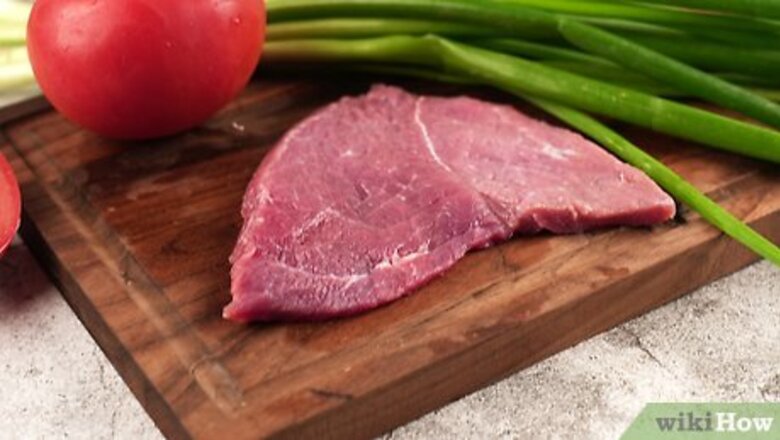
views
Marinating Steak

Select a cut of meat. Tougher and/or low-fat cuts like flank steak, sirloin, skirt, flat iron, round, and hanger steaks are best for marinating. The marinade soaks into the meat, adding flavor and helping to tenderize the meat. Don't ruin expensive steaks by marinating them; quality cuts like rib-eye, porterhouse, T-bone, filet mignon, and NY strip are great as they are don't need to be marinated. For more info, see How to Understand Cuts of Beef.
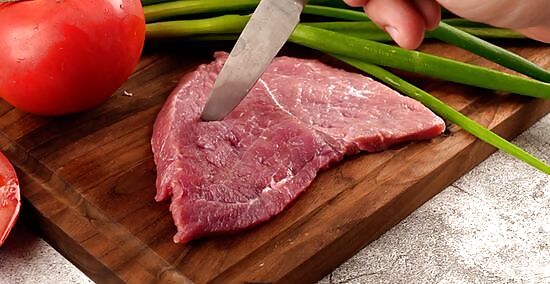
Cut nicks into the steak that penetrate about halfway through the thickness of the meat so the marinade can permeate more quickly. Marinade works because acids break down muscle and connective tissue, which is a slow process; if the meat is thick, the outside can get sour by the time the marinade actually penetrates the core. In general, the more surface area that's exposed to the marinade, the better the marinade will do its job.
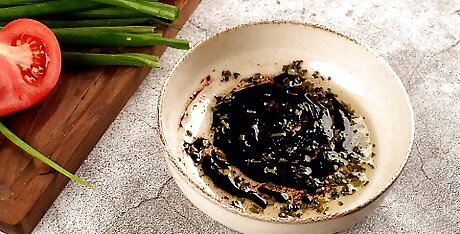
Mix your marinade. A basic marinade consists of an acidic liquid (which will break down muscle fibers), oil, and other flavorings, such as sweeteners, herbs, and/or spices. Marinades can be sweet and salty, Italian flavor, barbecue flavor - if you have a taste for it, chances are you can make it into a marinade. Choose a bottled marinade or mix your own using one of the ingredient lists in this article. Most marinades use one of the following acidic liquids as a tenderizer: wine, vinegar, or lemon juice. However, don't go overboard: while acidic marinades work by breaking down (denaturing) protein bonds, putting a steak in a highly acidic marinade (pH around 5 or lower) for more than two hours has the opposite effect, tightening the protein bonds, drawing out moisture, and making the meat tougher. There are also tenderizing enzymes in ginger, kiwi, papaya, and pineapple. It's possible to go overboard with these, too, turning the steak into mush. Dairy products like Greek yogurt and buttermilk can also have a tenderizing effect, although the way this works is not fully understood. Most likely, it’s due to the lactic acid content.
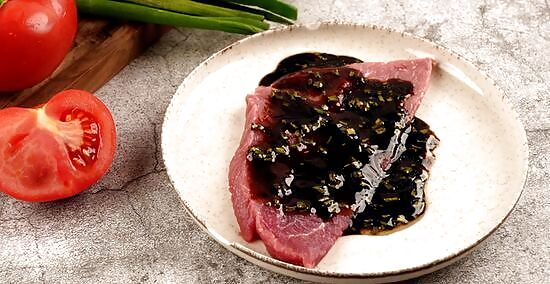
Place the meat into a container and add a marinade. You can use any type of plastic, glass or ceramic food storage container. Pour enough marinade over the meat to cover it entirely. Don't worry about adding too much. Marinating a flat cut of meat in a large ziploc bag can be very useful since you will need less marinade to completely cover it here than you would inside a bowl. If you're running low on time, you can work in the marinade by massaging the meat. Otherwise, time will do the work.

Refrigerate the meat and marinade. Put the sealed container in the fridge for 2 to 24 hours, depending on the strength of the marinade. You can also use a vacuum marinator to force the air out of the bag and instantly marinate your steak.
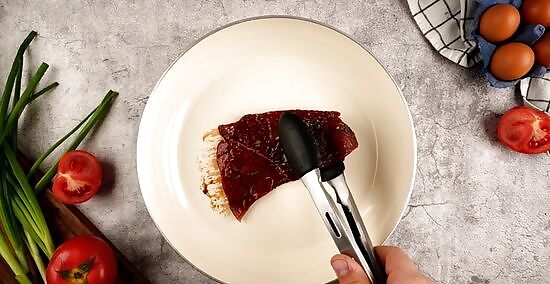
Cook the meat. Shake off excess marinade, let the meat come to room temperature, and grill, bake, fry, or otherwise cook the meat according to your recipe.
Making Steak Marinades
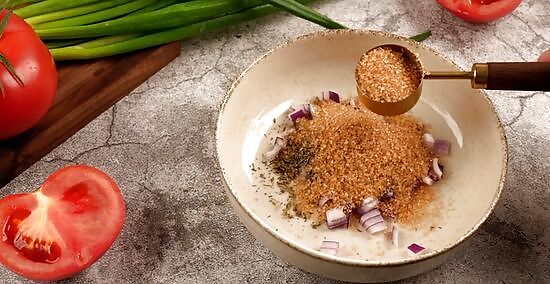
Make a balsamic marinade. This is a classic steak marinade that brings out the best flavors in the meat. The combination of sweet and savory flavors will make your mouth water. Mix together the following ingredients to make your marinade: 2 medium shallots, minced 1 tablespoon dried thyme leaves 3 tablespoons (packed) dark brown sugar 1/4 cup soy sauce 3 tablespoons Worcestershire sauce 2 tablespoons balsamic vinegar 1/3 cup vegetable oil
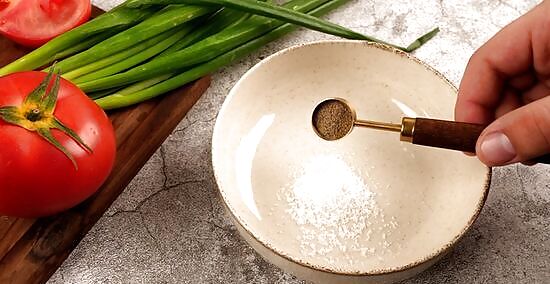
Try a salt and pepper marinade. Marinating the steak in salt and pepper overnight causes the flavors to seep into the cut of meat, so you'll taste savory heat all the way to the center of the meat when you cook it. Here's what you'll need for this marinade: 1 1/2 teaspoons of salt 2 teaspoons freshly ground pepper 1 teaspoon garlic salt 1/4 cup water 1/4 cup vegetable or canola oil 2 tablespoons of white vinegar
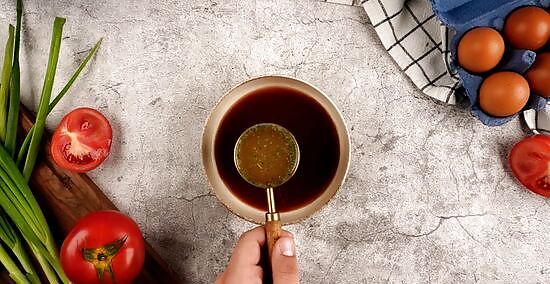
Make honey Italian marinade. This marinade is perfect for steak, but you can also use it for chicken or pork. It's easy to throw together. Mix the following ingredients well, then pour the marinade over raw steak: 1 1/2 cups steak sauce 1 tablespoon soy sauce 1/3 cup Italian-style salad dressing 1/3 cup honey 1/2 teaspoon garlic powder



















Comments
0 comment